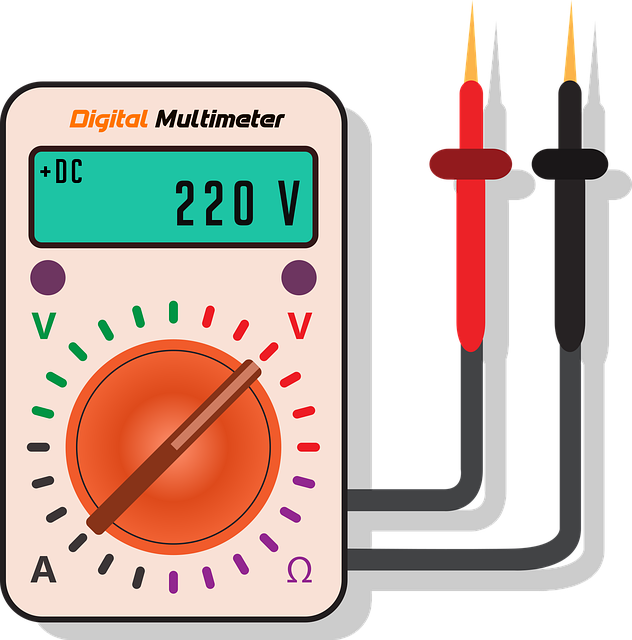Electricians address growing demands on building power distribution systems by upgrading service panels to handle higher electrical loads. They assess limitations, recommend and install new panels, ensuring safe and efficient electricity management for residential and commercial spaces while adhering to local regulations.
Looking to maximize your home or business’s electrical capacity? Upgrading service panels is a strategic move that can significantly enhance performance. This guide breaks down the essential steps, from understanding the core functions of service panels and their common limitations to providing a step-by-step process for an efficient upgrade. Essential reading for any electrician aiming to deliver top-tier electrical solutions.
- Understanding Service Panels and Their Limitations
- Steps for Upgrading Service Panels to Boost Capacity
Understanding Service Panels and Their Limitations

Service panels, a cornerstone of any electrical system, serve as the backbone for distributing power throughout a building. However, they come with inherent limitations, especially in high-demand settings. As businesses and households increasingly rely on technology, the strain on these panels grows, leading to potential safety hazards and inefficient power management. This is where an electrician’s expertise comes into play; they can assess and identify the need for upgrades.
Upgrading service panels involves replacing or enhancing existing panels to accommodate higher electrical loads. Electricians employ specialized knowledge and tools to ensure the new panel matches the building’s requirements while adhering to safety standards. By addressing these limitations, electricians contribute to a more reliable and secure power distribution system.
Steps for Upgrading Service Panels to Boost Capacity

Upgrading service panels is a strategic move for electricians aiming to enhance electrical systems’ capacity and efficiency. The process involves several careful steps to ensure a smooth transition. Firstly, assess the current system’s limitations and identify the required upgrades based on factors like increased power demands or improved safety measures. This critical analysis guides the selection of suitable replacement panels.
Next, plan the installation by disconnecting non-essential circuits temporarily to facilitate work. Electricians should then carefully remove the old panel, ensuring proper disposal of components according to local regulations. The new service panel is then meticulously fitted, involving precise wiring and circuit configuration. Rigorous testing post-installation verifies the system’s functionality and safety, ensuring a robust upgrade that boosts capacity for both residential and commercial applications.
Upgrading service panels is a strategic move for any electrician looking to enhance their system’s capacity. By addressing the limitations of traditional panels, these upgrades enable better management of power distribution, especially in high-demand scenarios. Following the outlined steps ensures a structured process, allowing electricians to efficiently boost their system’s performance and stay ahead of growing energy needs. This simple yet effective approach can significantly impact a property’s electrical infrastructure.
